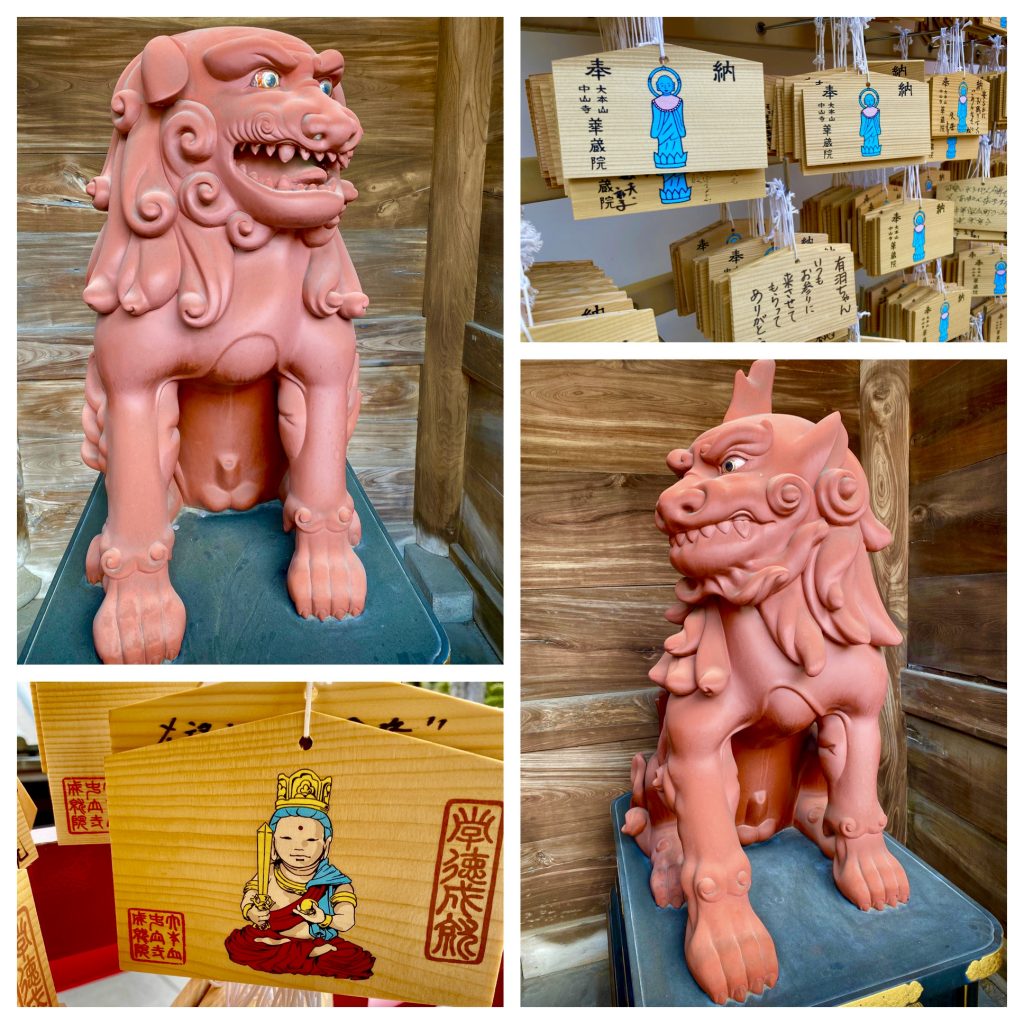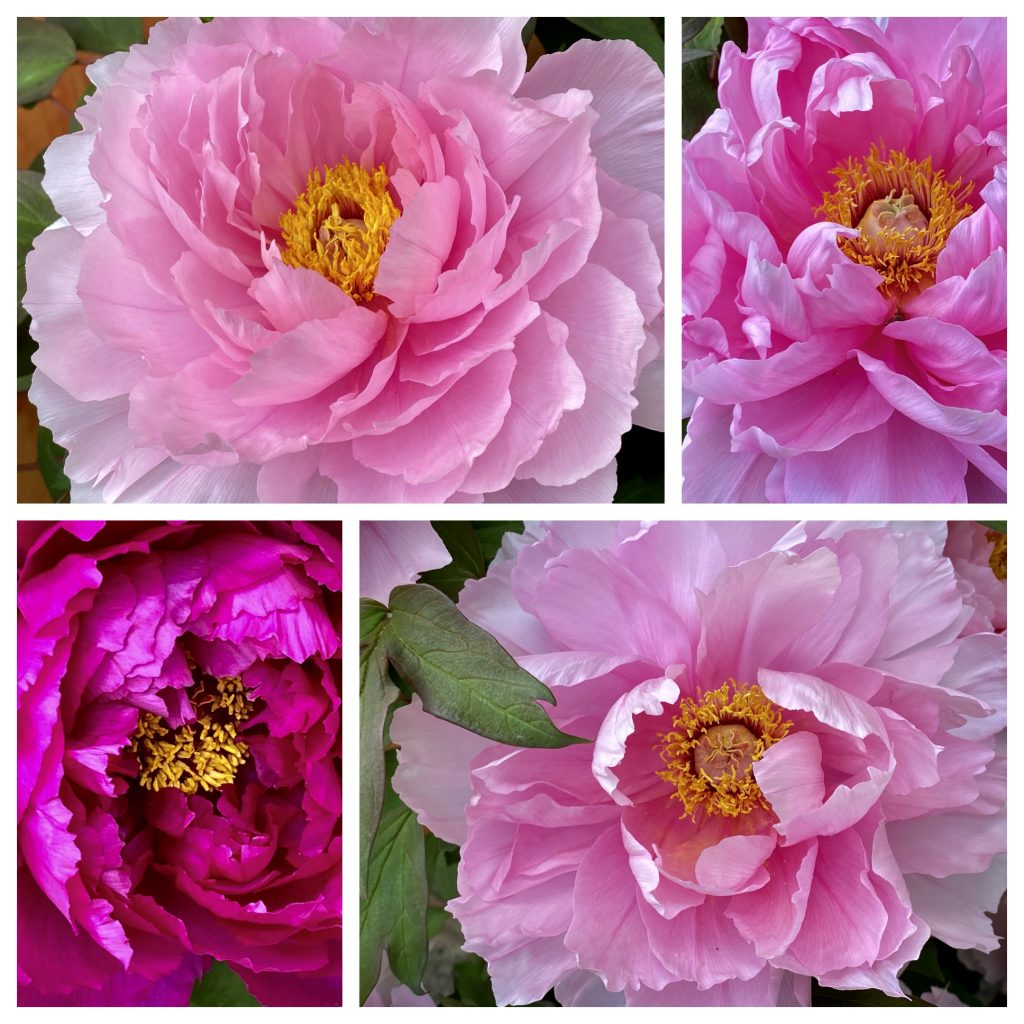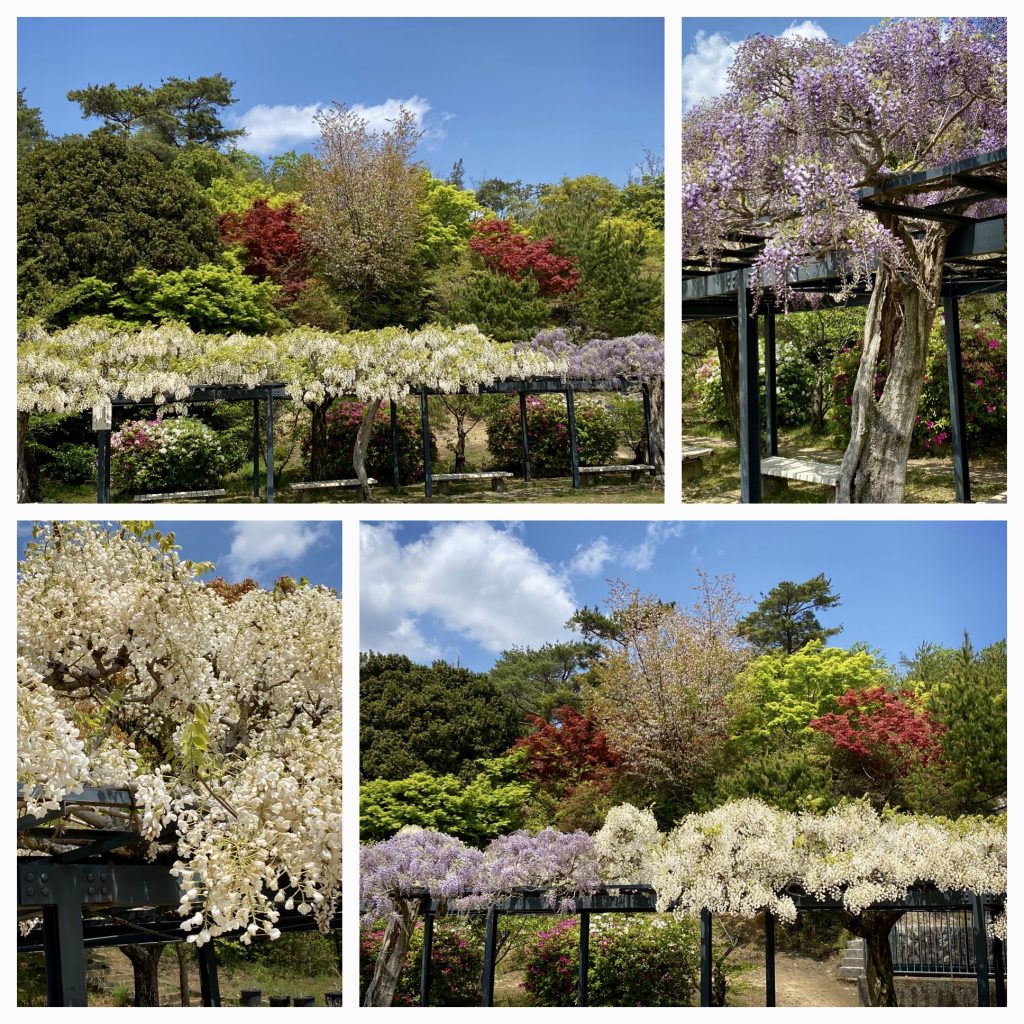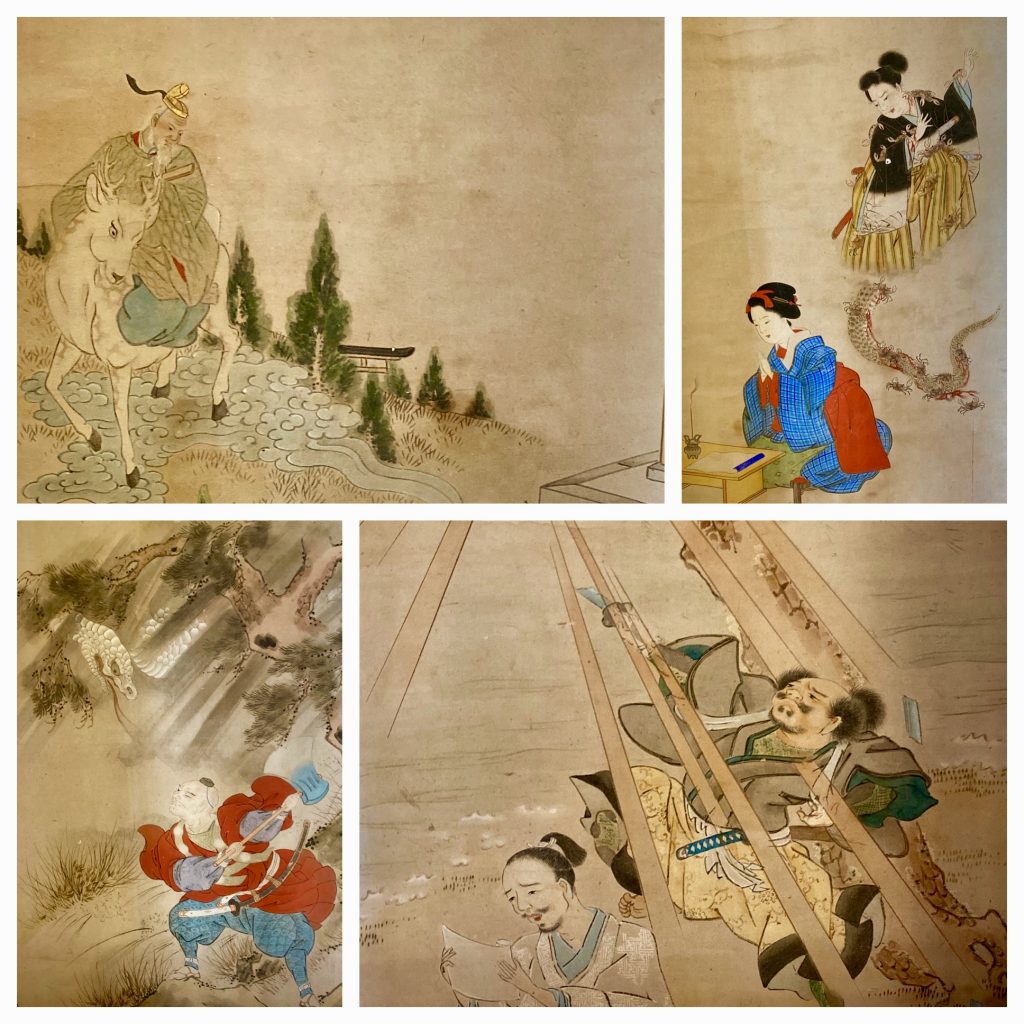Day 41 - The Road To Enlightenment - Walking The Saigoku Kannon Pilgrimage - Nakayamadera Temple #23 In Takarazuka, Japan

Day 41 - The Road To Enlightenment - Walking The Saigoku Kannon Pilgrimage - Nakayamadera Temple #23 In Takarazuka, Japan
We ate breakfast in our apartment and packed some hot tea and snacks for the day.
It was a simple breakfast of bananas with soy milk, sprinkled with granola, nuts and seeds.
This is a breakfast you cannot easily get in Japan.
Breakfast usually is either a toast and an egg set with coffee, or a traditional Japanese breakfast of miso soup, rice, pickles, grilled fish and a slice of tamago (rolled egg).
Even though I love Japanese breakfasts, it was nice to make our own simple and light breakfast in our apartment.
We continued our day-long visits to the temples located west of Kyoto, with the idea that we would make up the actual route of our walk later in the month, when hopefully the lockdown would be eased.
As we neared Nakayamadera Temple, I saw a guard standing near the wide-open gate.
This was wonderful.
Another open temple and another lovely sunny day to enjoy our visit.
Nakayamadera Temple is very well maintained, with beautifully painted halls.
I saw red, blue and green dragons painted on the eaves, and intricate geometric patterns and flowers on the roof rafters.
Amazingly large peonies were blooming in the garden, spreading their big petals, looking glorious in their pinks, reds and crimson colors.
A beautiful blue colored pagoda stands on the hill, and a red two story tower stands on a platform that offers views of the surrounding countryside.
I was excited to see a hall completely devoted to the five hundred Arhats, or Rakans, which I have been painting for three years now.
The hall actually has seven hundred Arhats/Rakans.
They were not very large, but they were colorful and very expressive.
It was a colorful hall with a painted ceiling and a large ceramic sculpture of a white elephant.
Another hall was devoted to the Saigoku pilgrimage, with a painted scroll of each temple’s miraculous founding story.
The very top of the mountain is planted with rare Japanese white wisteria.
The wisteria were also in full bloom, and bumble bees were buzzing around.
The intoxicating smell of the fragrant flowers was enhanced by the sun, and it was so wonderful.
The surrounding hills were planted with at least a thousand plum trees.
People were picnicking under the wisteria, and all along the plum grove.
We found a bench in the sun and sat to have some tea.
Kids were playing hide and seek around us, collecting little sour plums.
Nakayamadera is thought to have been founded in the 6th century by Prince Shōtoku, an influential regent and statesman.
It’s said to be the first sacred site in Japan dedicated to the Kannon bodhisattva (the goddess of mercy).
Since ancient times, visitors have come to the temple to pray for fertility and for a healthy newborn child, often returning to give thanks when their prayers have been answered.
Today we saw a few dozen people who had come to photograph the blooming wisteria, hike or picnic in the beautiful surrounding hills.
Other child-related rites that are performed here, include a baby’s first temple visit.
Escalators and elevators are located on the temple grounds offering easy access for pregnant women, parents with babies, and the elderly.
Usually mountain temples have long sets of stairs, making it hard to visit for those with mobility issues.
The honzon (the main object of worship) and the two sculptures standing at its sides, are all eleven-headed multi-arm Kannons.
The combined 33 heads of these sculptures are believed to represent all 33 sites on the Saikoku Kannon Pilgrimage.
These images are usually concealed from public view.
But on the 18th of each month, a door is opened so that visitors can admire the statues.
The temple’s cafe offers Hasu-gohan rice balls.
Hasu-gohan are balls of sticky rice, wrapped in hasu (lotus) leaves.
The lotus flower is an important symbol in Buddhism, and the the rice ball is filled with gingko seeds, thin slices of deep-fried tofu, pickled green leaves, and Goji berries.
The cafe was closed when we were there, so I did not get to taste it.
I am sure I would have loved it, as I normally love sticky rice wrapped in a leaf, which I have eaten numerous times in other countries in Asia.
On August 9 of each month, the temple hosts a Hoshikudari (‘Falling Star’) Festival.
This celebration started in the Heian Period (794–1185).
The festival reflects the belief that on the night of August 9, all the Kannons of the 33 Saikoku Kannon Pilgrimage sites descend from the heavens riding on stars, and gather here at Nakayamadera.
On that night of August 9th, at nine in the evening, a lively parade of people carrying bonten (a ball of white strips of paper or cloth believed to house the spirit of the Buddha) walk up the hills of the temple.
After completing our prayers for the world and for the well being of all sentient beings, we left the temple.
We decided to walk along the long river walking and biking path, that stretches all the way from Osaka to Kyoto.
The shores of the wide river are sure to be quiet but full of people, exercising, running, walking or riding bikes.
We thought it would be a more scenic route than walking along the closed streets of the city.
We stopped in a lovely and artistic cafe that was open, to have some café lattes.
We were not hungry nor thirsty, but we wanted to support those who stay open, and they had comfy wide sofas and armchairs for us to lounge in.
The walls of the cool cafe were painted with doodles of dancers and French circus performers.
Many of the tables had customers, resting, eating and drinking.
We ended up ordering food as well, and lingered there, enjoying the feeling of life as we once knew it to be....
The walk along the river was very pleasant.
We passed by many parks, and saw people picnicking and families playing.
As the sun was setting over the cabbage fields, we took a bus back to our apartment.
I made us a dinner of cooked sweet potatoes with shredded cabbage, sweet green peas and cherry tomatoes, all sautéed in butter and salt.
For dessert I made a fresh fruit salad.
We bathed and went to bed early.
Everything was going along well, it was just that we had to deal with not knowing what would be open or closed, what hotels would remain open or not, and what tomorrow would bring.
Another hotel sent us a message that they would be closing down.
They are located in the middle of a long walk, with no other hotels nearby.
This will be yet another stretch along our walk, that we would have to do by train, instead of walking it.
This lockdown is a hard thing to deal with.
Who decides what is essential and what is not, and under what circumstances a nonessential item becomes very essential?
Take this as an example.
We are pilgrims carrying only the bare necessities in our backpacks.
Jules brought only two pairs of pants with him.
One pair got terribly stained by black ink in one of the temples we visited.
The zipper broke on his only other pair of pants yesterday.
With all the shops closed, a zipper repair is not an option.
We had to buy him two new pairs of pants, except that all the malls were closed, and many independent shops were also closed.
We called Montbell, a Japanese company of outdoor gear, but they have closed all their shops.
We ended up trekking to a free standing (not inside a closed mall) UNIQLO, a clothing chain selling inexpensive casual wear, and bought him some pants.
So is clothing essential?
It is for us, who do not have here a closet full of clothes.
We were not looking for high fashion, just an item of essential wear.
In these nonsensical times, I find myself turning to the Tao Te Ching, listening to Lao Tse as we walk.
It gives me peace.
So many of his words are nuggets of wisdom, presented with such lucidity.
It is such a contrast to a world that loves complexity and hides its emptiness behind broad terms and words.
With timeless love and many blessings,
Tali and Jules
Daily stats:
Steps walked - 22,908
17 km. walked
Active walking time - 4 hours
Total walking time today - 6 hours.
Total walking distance on the Saigoku to date - 756 km
Temple Visited:
Nakayama-dera Temple #24 in Takarazuka



















